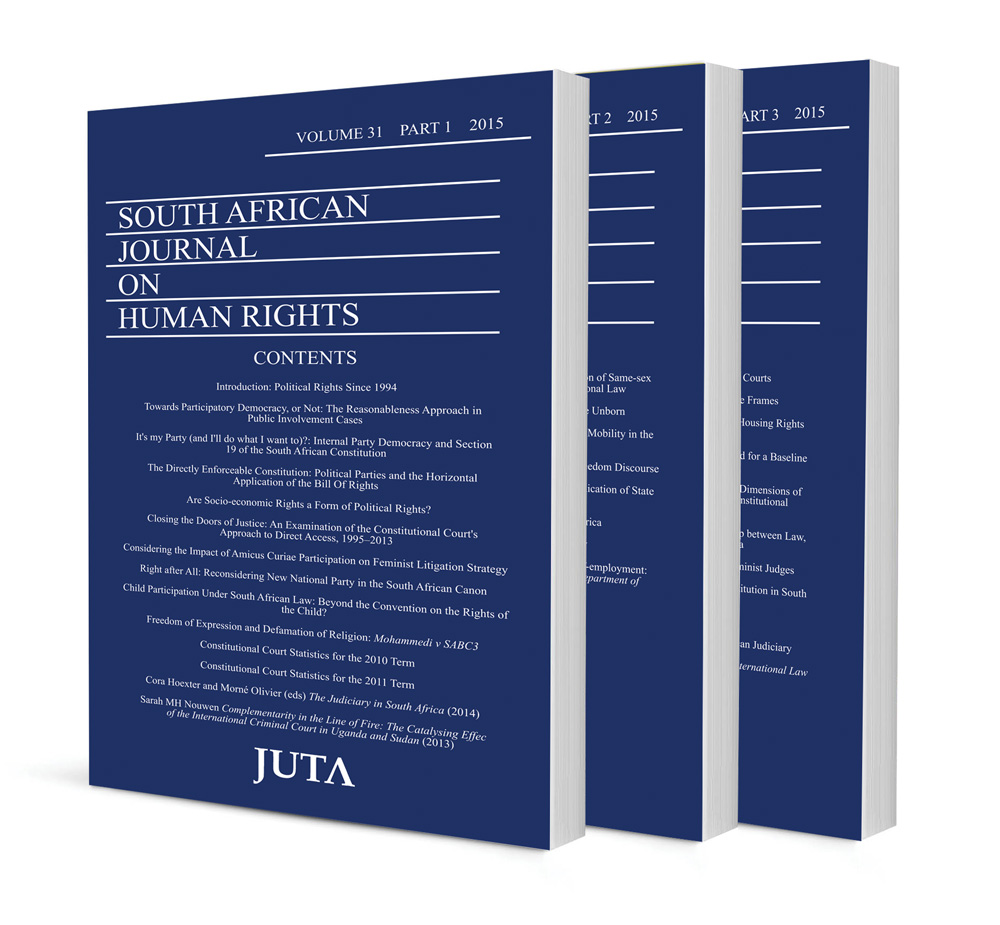
The horizontal application of the Bill of Rights: A reconciliation of sections 8 and 39 of the Constitution
Authors Deeksha Bhana
ISSN: 1996-2126
Affiliations: Associate Professor of Law, University of the Witwatersrand
Source: South African Journal on Human Rights, Volume 29 Issue 2, 2013, p. 351 – 375
Abstract
Whilst the judiciary accepts that the Bill of Rights must apply horizontally, there remains considerable ambivalence about the precise interplay between the Bill of Rights and private law; an ambivalence that reveals itself in the debate about the extent to which, and the manner in which, our traditional system of private law should be constitutionalised. In this article, I revisit the South African concept of horizontality with a view to determining precisely how ss 8 and 39(2) of the Constitution envisage the constitutionalisation of private law. To date, the horizontality debate has focused largely on whether direct or indirect horizontal application is to be preferred, with s 8 generally being associated with direct horizontality and s 39(2) with indirect horizontality. I argue here that this position is flawed. In particular, I show that ss 8 and 39 of the Constitution largely transcend the direct-indirect horizontality debate. I then go on to explain the distinct roles that each sub-section is required to play if our courts effectively are to constitutionalise our private law.